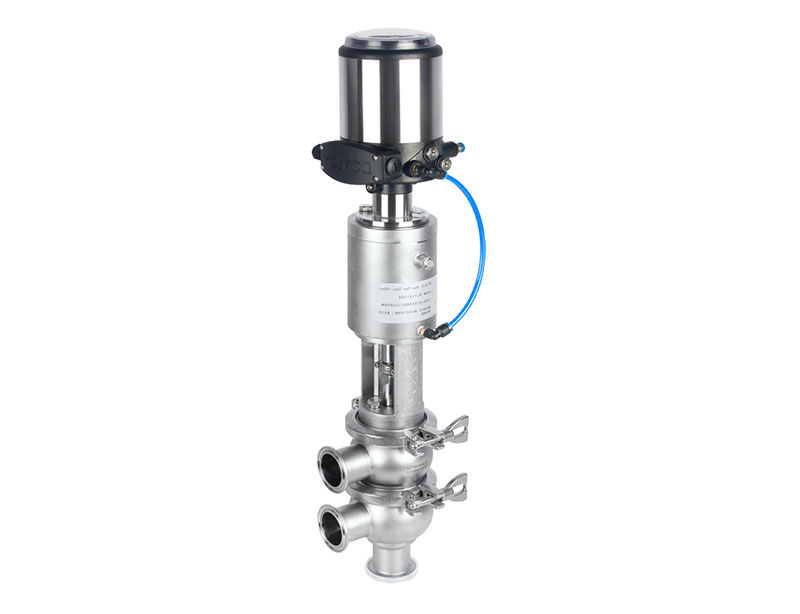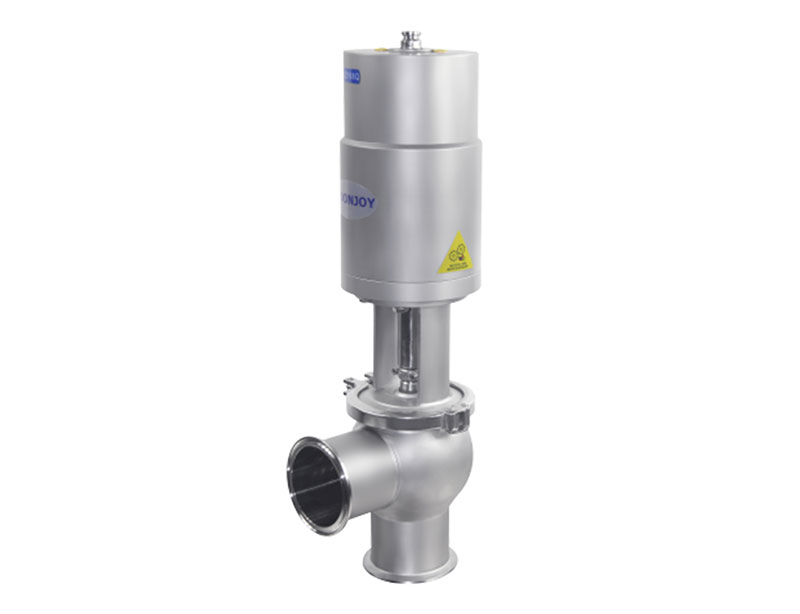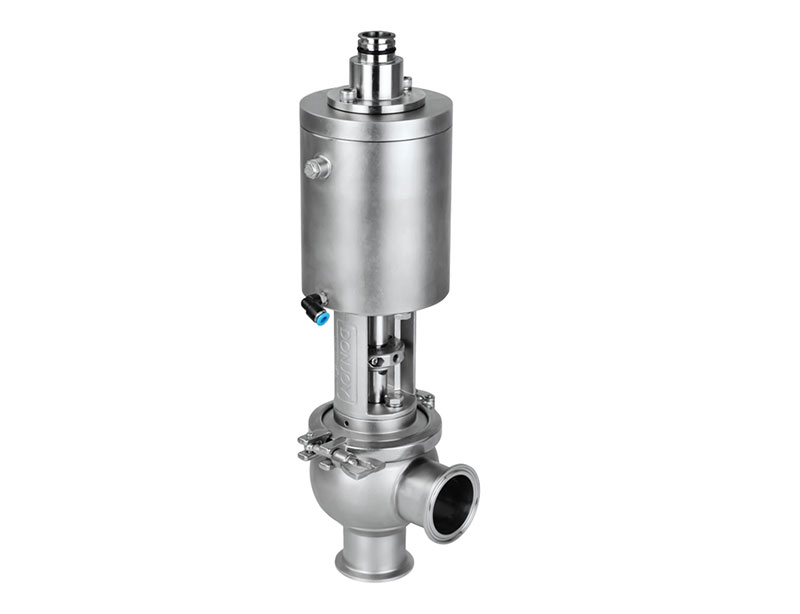 21 Fri 2025
21 Fri 2025
In the vast realm of industrial fluid control systems, single seat valves stand as a fundamental and versatile component. These valves play a pivotal role in regulating the flow, pressure, and direction of various fluids, from the simplest water - based solutions to the most complex chemical compounds. Understanding their design, functionality, applications, and advantages is crucial for engineers, operators, and decision - makers in industries that rely on fluid - handling processes.
1. Structural Design and Components
1.1 The Core Elements
Single seat valves, true to their name, are characterized by a single disc (or plug) and a corresponding single seat. This uncomplicated design forms the basis of their functionality. The disc, often made of materials like stainless steel, brass, or specialized polymers depending on the application requirements, is attached to a stem. The stem serves as the means of actuating the disc, allowing it to move in relation to the seat. For example, in a typical globe - style single seat valve, the stem is threaded through the bonnet. When the stem is rotated, it causes the disc to move vertically, either towards or away from the seat.
1.2 The Seat and Its Significance
The seat, usually made of a durable and resilient material such as PTFE (Polytetrafluoroethylene) for its excellent chemical resistance and low - friction properties, or metal - faced seats for high - pressure and high - temperature applications, provides the sealing surface. When the disc is fully seated, it creates a tight seal against the seat, effectively blocking the flow of fluid through the valve. The quality of the seal between the disc and the seat is critical, as it determines the valve's leakage rate. In applications where minimizing leakage is essential, such as in the handling of toxic or expensive fluids, a high - quality seal is non - negotiable.

2. Operational Mechanics
2.1 Manual Operation
In manually operated single seat valves, the operator uses a handwheel or a lever attached to the stem. Turning the handwheel clockwise rotates the stem, causing the disc to move downwards and close the valve. Conversely, turning the handwheel counter - clockwise raises the disc, opening the valve and allowing fluid to flow. This type of operation is straightforward and is often used in applications where the valve needs to be adjusted infrequently or in small - scale processes where automated control is not necessary. For instance, in a small - scale chemical mixing tank, a manual single seat valve can be used to control the flow of raw materials into the tank.
2.2 Automatic Operation
For more complex and large - scale industrial processes, automatic single seat valves are employed. These valves are equipped with actuators, such as pneumatic, hydraulic, or electric actuators. Pneumatic actuators use compressed air to move the stem and operate the valve. When air pressure is applied to the actuator, it causes a piston or diaphragm to move, which in turn moves the stem and the disc. Hydraulic actuators work on a similar principle but use hydraulic fluid instead of air. Electric actuators, on the other hand, use an electric motor to drive a gear or screw mechanism that moves the stem. Automatic operation allows for precise control of the valve's position and can be integrated into a larger control system, enabling remote operation and real - time monitoring.
3. Applications in Diverse Industries
3.1 Chemical Industry
In the chemical industry, single seat valves are used in a wide range of applications. They are commonly used in processes where precise flow control and low leakage are essential. For example, in the production of pharmaceuticals, single seat valves are used to control the flow of raw materials, ensuring accurate dosing and preventing cross - contamination. In chemical reactors, these valves can be used to regulate the flow of reactants and products, maintaining the integrity of the chemical reactions. Their ability to provide a tight seal is crucial when handling hazardous chemicals, as it helps to prevent leaks and ensure the safety of the plant and its workers.

3.2 Food and Beverage Industry
The food and beverage industry also relies heavily on single seat valves. Due to their simple design and easy - to - clean construction, they are well - suited for applications where hygiene is of utmost importance. In dairy processing plants, single seat valves are used to control the flow of milk, cream, and other dairy products. In breweries, they are used to regulate the flow of beer, water, and other ingredients. The smooth inner surfaces of single seat valves, often made of stainless steel, prevent the accumulation of bacteria and other contaminants, making them compliant with strict food safety regulations.

How to choose sanitary butterfly valves suitable for the food industry?
The Advantages of Manual Regular Butterfly Valves in Industrial Applications